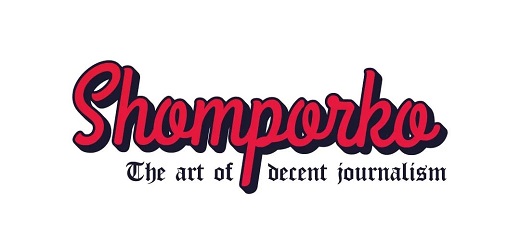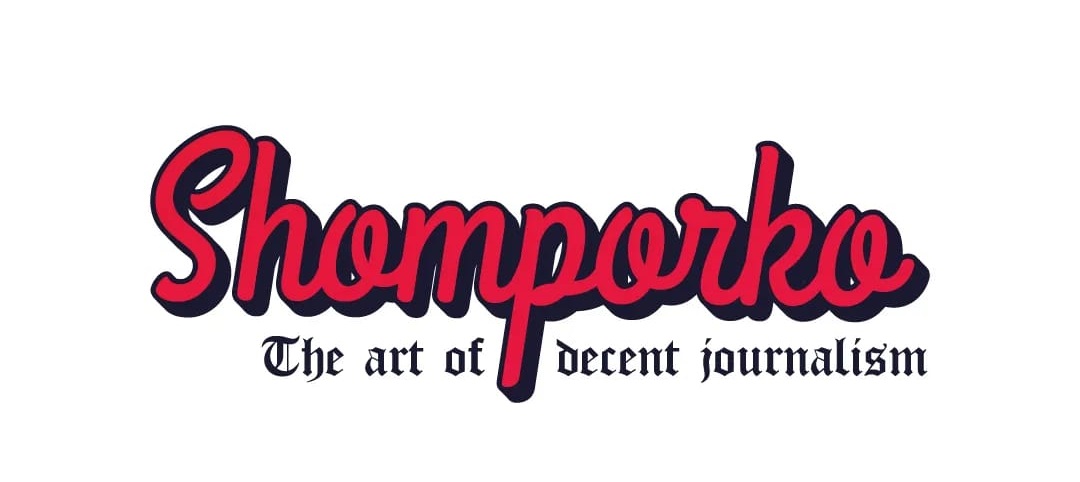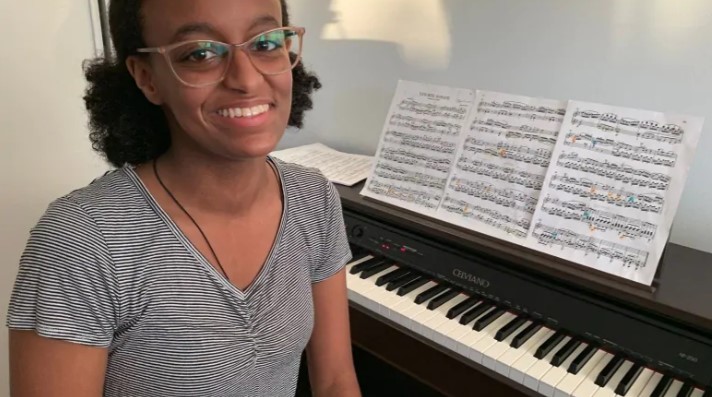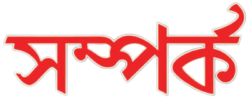A Fort McMurray student is the first Canadian to win the $500,000 US international Breakthrough Junior Challenge, a prize that includes a scholarship and new science lab for her school.
Maryam Tsegaye, a Grade 12 student from Ecole McTavish Public High School, entered the competition with a three-minute video explaining quantum tunneling.
The competition, run by Khan Academy, asks students from around the world to create a video that explains a scientific principle to the public.
The 17-year-old spent two weeks creating her video, comparing quantum tunneling to rolling dice and playing video games.
“I just had a lot of time over quarantine and I just decided to enter,” said Tsegaye. “In previous years I always hesitated from entering because I was really intimidated by all the other competitors.”
About 5,600 students entered the competition.
The prize is a $250,000 US scholarship, $100,000 US toward a science lab for her high school and $50,000 US cash for the teacher who inspired her.
The big prize came with a big reveal.
The Khan Academy would typically surprise the student at school with a prize announcement, but recent COVID-19 restrictions moved Tsegaye’s classes online.
So her principal, Scott Barr, got creative.
“We kind of made up a bit of a ruse for her and a few friends to get into school,” said Barr.
He asked Tsegaye to come in to help with an educational video. She and her friends were sat down in a classroom and told to watch a video on the board.
Barr told them to look interested and act like they were learning from home.
“I did a lot of lying leading up to this,” said Barr. “But it was all for a good reason.”
Then a video of astronaut Scott Kelly and Khan Academy founder Sal Khan appeared on screen.
“She still had no idea,” said Barr. “Even when they started talking about the contest.”
He said it was only when they actually said her name that Tsegaye realized she won.
“She was just shocked,” said Barr.
Tsegaye said her original plan was to make a video about entropy, but she stumbled upon quantum tunneling and she thought she could tell a “much better story” about it.
The tricky part was finding a story that would make the theory digestible.
“I knew that I couldn’t just throw some mathematical equation at you or a bunch of scientific jargon you wouldn’t understand,” said Tsegaye.
“That’s how the dice came along, because quantum mechanics has to do a lot with probability.”
Tsegaye recruited a friend to help her edit the video, and the rest she did on her laptop, “held together by binder clips and half the keyboard doesn’t work,” said Tsegaye.
“So if anyone is thinking about participating in the challenge, I’m just going to say it doesn’t take very fancy things to get it done.”
Tsegaye says with the prize scholarship, tuition is no longer a concern.
She’s hoping to study physics at a university abroad after graduation. Tsegaye also plans to buy herself a new laptop.
Photo credit: Jamie Malbeuf/CBC
News source: CBC News











